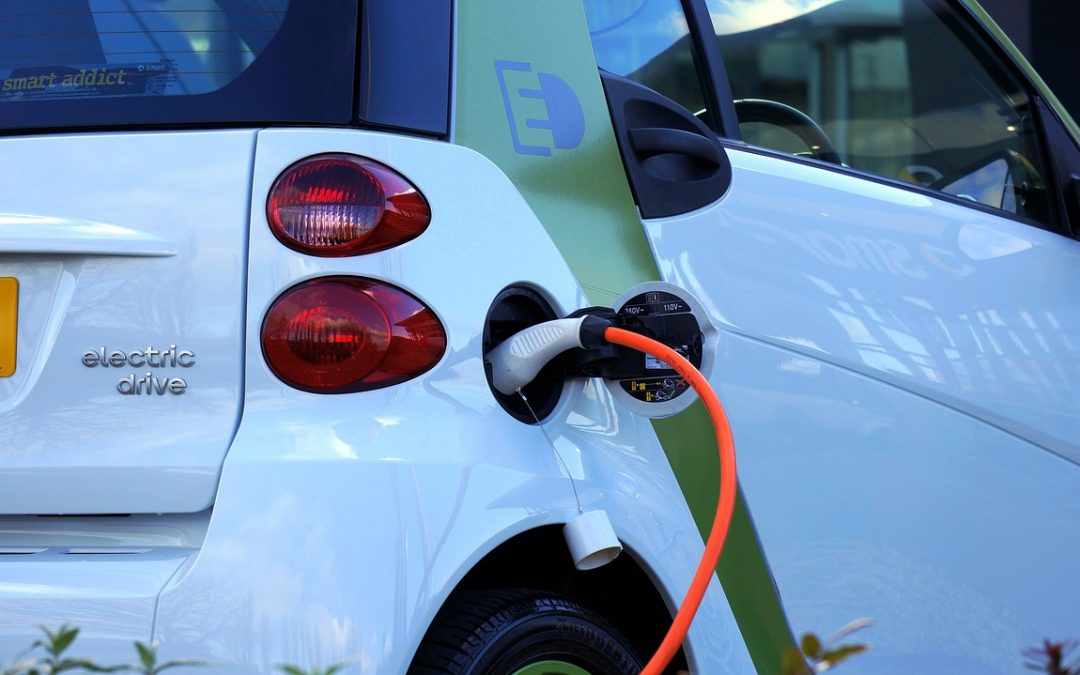Have you ever heard of the “grid of grids” concept? It’s shaking up the way we think about energy, moving from a centralized network to a collection of smaller, flexible networks. Picture this: a dynamic energy infrastructure where communities, towns, and business districts are individual hubs connected in a network.
In a recent deep dive into this concept, we explored the fusion of smaller-scale renewable energy systems (microgrids) with electric vehicles (EVs). Imagine not just using EVs to extract power but having them actively participate in a two-way energy exchange. Every EV becomes a decentralized power unit, contributing to and benefiting from the broader energy system.
But how can we make this vision a reality? Enter smart community energy solutions, the key to unlocking the full potential of the “grid of grids.”
Let’s break it down a bit. A microgrid is like a mini power plant for a specific area—a university, a business center, or even a neighborhood. It keeps the lights on, even during disruptions, giving local communities control over their energy destiny.
Now, imagine a smart microgrid, taking things up a notch with advanced technologies like sensors, automated control systems, and the Internet of Things. These tech-savvy microgrids optimize energy distribution and ensure efficiency.
Recent research delved into the economic viability of microgrids across New Zealand using the snappily named “Stochastic Microgrid Optimisation Under Uncertain Loads and Distributed Energy Resources” (SMOULDER) web tool. It’s a five-year project exploring the role of artificial intelligence in microgrid optimization, helping determine the optimal size and configuration for different setups.
Now, let’s talk EVs. When parked, an EV isn’t just biding its time; it can integrate into the local microgrid, sending unused stored energy back into the system. This nifty trick enhances energy efficiency and taps into the potential of renewable sources like solar and wind.
So, imagine this: your EV, not in use, intelligently sending excess energy back into the grid during peak demand. And when the grid has surplus energy, like a windy night, your EV charges up, creating a smart and efficient energy exchange within the community microgrid.
This dynamic interaction isn’t just smart; it’s strategic. It optimizes energy usage, bringing both economic and environmental benefits to the community microgrid.
Ever heard of V2G (Vehicle-to-Grid) and bidirectional charging? It’s an innovative approach empowering electric vehicles to actively contribute to the energy grid. Think of it as a buffer against fluctuating prices.
Microgrid solutions, especially when teamed up with EVs, offer significant cost savings. By tapping into local, renewable resources, these systems reduce reliance on centralized power grids, lessening the impact of unpredictable energy prices.
Sure, establishing microgrids and building toward the “grid of grids” has its costs. But the long-term benefits for the world as it moves toward a sustainable future are undeniable. So, buckle up, because our vehicles are not just driving us—they’re driving positive change in the way we power our world.

